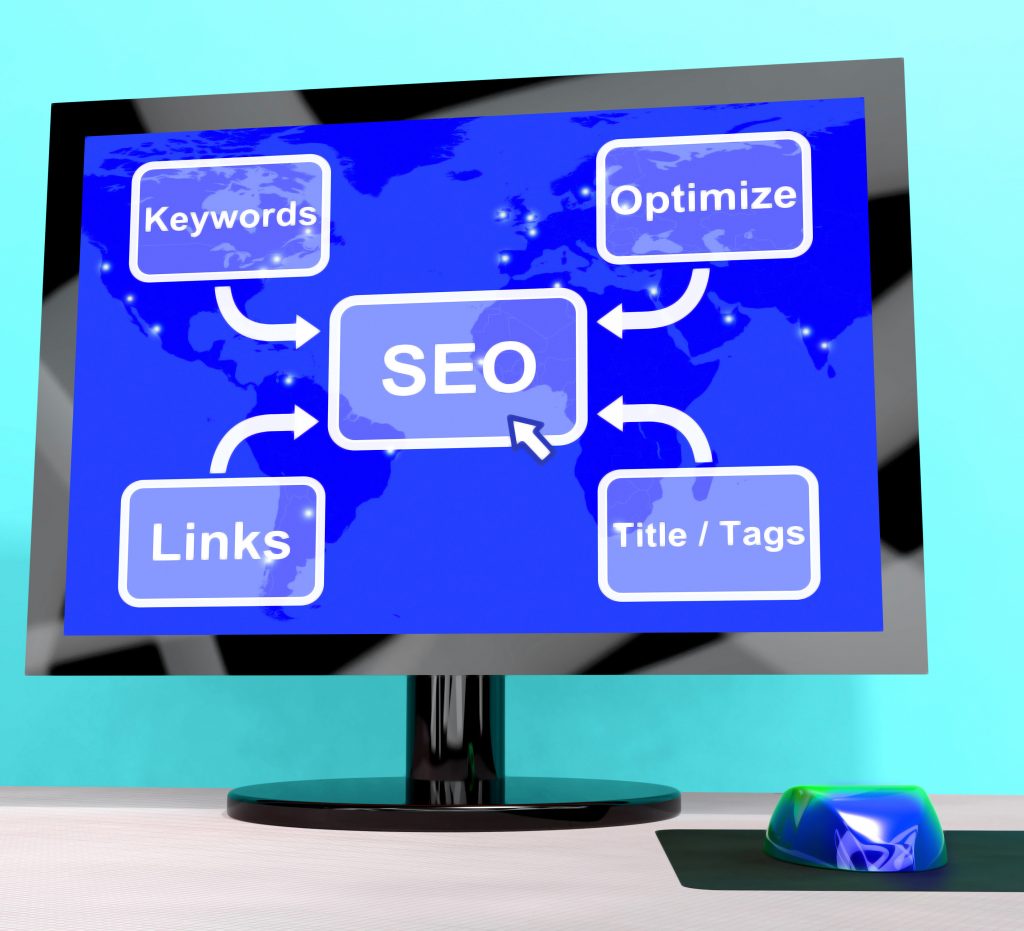
B2B Lead generation in 2024-25
Driven by changes in consumer behavior and technology, B2B companies are rethinking their approaches to efficiently acquire excellent leads. This article examines the B2B lead generation trends that are expected to shape 2024 and provides advice on how businesses can succeed in this changing landscape.
1. Transition to B2B Lead Generation Based on Intent
B2B lead generation’s future depends on its ability to recognize and address customer intent. Companies place a strong emphasis on using data to determine not just the demographics of potential consumers but also their needs and the likelihood that they would make a purchase. By concentrating on signals like search queries, content engagement, and product comparisons that show a prospect is ready to buy, intent-based lead generation goes beyond typical demographic targeting.
Businesses can adjust their marketing strategies to precisely meet clients where they are in the purchasing process by putting intent first. This will increase conversion rates and promote a more customer-centric marketing strategy.
2. The Impact of Generative AI on Trends in B2B Lead Generation
Lead generation is being revolutionized by generative AI, which is being used by 79% of B2B marketers to change their marketing strategies. AI solutions are helping marketers develop messages that profoundly connect with their target audiences by producing tailored content at scale. Since AI helps create highly targeted campaigns that precisely address the wants and preferences of potential leads, we may anticipate seeing an increase in the use of AI-driven content production in 2024.
Furthermore, organizations may create lead generation plans with a competitive edge thanks to generative AI’s ability to evaluate massive volumes of data and predict trends and buyer behavior.

3. Account-Based Marketing’s Emergence in B2B Lead Generation Trends
In B2B lead generation, account-based marketing (ABM) is expected to become increasingly prominent as businesses look for more targeted and deliberate communication. With ABM, the conventional customer funnel is inverted. Rather than beginning with a blank slate, marketing campaigns are customized to target individual accounts as separate markets. ABM will undoubtedly develop into a more complex strategy that uses AI and sophisticated analytics to optimize message and better coordinate sales and marketing initiatives.
This focused approach is a crucial part of any contemporary B2B lead generation strategy since it increases lead quality, conversion rates, and return on investment.
4. Reassessing Outreach Expenditure
B2B companies are closely examining the money they spend on outreach to make sure that every euro spent on lead generation yields a sizable return. Budgets are modified in accordance with the analysis of the channels and strategies that produce the best quality leads as part of this reevaluation. Businesses are moving from a “spray and pray” strategy to one that is more calculated and ROI-focused.
Businesses can identify the most successful outreach programs, cut waste, and direct resources to the areas that have the most effects on their bottom line by using data and analytics.
5. How Google Policies Are Changing the B2B Industry
Getting Used to the New Google Ads Laws
Google’s advertising guidelines are always changing, and 2024 is no different. B2B businesses need to be flexible and modify their internet advertising tactics to adhere to the most recent laws. This can entail revising ad campaigns, reevaluating keyword strategy, and making sure all material complies with Google’s standards. It’s imperative to keep up with these changes if you want to continue appearing in search engine results and avoid having your lead generation efforts interrupted.

The Function of SEO in Reaction to Google’s Changing Algorithms
Apart from advertising, organic search still plays a vital role in generating B2B leads, and Google’s algorithms keep influencing the SEO scene. To make sure that their content performs well, businesses need to stay up to date with these changes. This entails producing excellent, pertinent material that addresses the queries and issues of the audience. Google’s algorithms are getting smarter and prefer websites that offer value to their readers, thus SEO optimization and high-quality content are more crucial than ever.
6. Pay Attention to Deep Engagement to Generate Quality Leads
In 2024, meaningful engagement will be prioritized over quantity when it comes to B2B lead creation. Businesses are learning that developing deeper ties with prospective customers can lead to more significant and enduring business partnerships. This calls for audience-resonant immersive experiences, tailored communication, and interactive content.
Businesses may have more fruitful sales conversations and increased conversion rates by fostering interaction, which helps them better understand the needs of their prospects. Increased client loyalty and advocacy are also facilitated by deep interaction, which boosts lead generation efforts even more.
7. Combining B2B tactics with marketing calculator tools
B2B lead creation solutions are starting to become standard equipment. In addition to engaging potential customers, these interactive tools assist marketers in measuring the success of their campaigns, spending decisions, and overall marketing plan. Businesses can offer individualized value up front by integrating calculators into their B2B strategy, which can significantly raise the chance of conversion.
These solutions also allow sales teams to get comprehensive preference and intent data, which helps them customize their follow-up tactics and close more deals.
In a nutshell:
To sum up, the B2B lead generation landscape of 2024 will be marked by a deliberate shift toward intent-based targeting, creative uses of generative AI, the rise of account-based marketing, and a smart review of outreach budget. Attracting quality leads will depend on focusing on deep interaction and adjusting to Google’s shifting policies. In the meantime, B2B initiatives will gain a competitive advantage by incorporating marketing calculator tools. Businesses can position themselves for success in an increasingly competitive and complex economy by adopting these trends.
FAQ
Which B2B lead generating trends are expected to emerge in 2024?
A stronger emphasis on buyer intent, the usage of generative AI for personalized content development, the adoption of account-based marketing, and a methodical reevaluation of outreach spending to maximize ROI are some of the upcoming trends in B2B lead generation for 2024.
One such way to get more leads right now is Leads4biz we simply offer a free page to market your business in front of 30,000 B2B visitors a month and to 500,000 people on social media in return for a few buying requests which we pass on to the other members of the site. Join now
In 2024, how can technological breakthroughs affect business-to-business lead creation tactics?
More accurate targeting and customisation in B2B lead generation will be made possible by technological improvements, especially in AI and data analytics. These systems can automate the development of content, anticipate consumer behavior, and offer information for improving marketing tactics.
What part will customization play in B2B lead creation going forward?
In B2B lead generation, personalization is becoming more and more crucial since it enables companies to customize offers and messaging to the unique requirements and preferences of their prospects, enhancing engagement and conversion rates.
Which cutting-edge methods of B2B lead creation are becoming more and more well-liked in 2024?
Interactive marketing calculators, immersive webinars, and the usage of chatbots for real-time engagement are examples of creative strategies that are becoming more and more popular. By providing prospects with a customized experience, these techniques and tools improve the quality of leads.
In 2024, how can businesses maintain their competitive edge in the B2B lead generation market?
Businesses may maintain their competitive edge by implementing cutting-edge technologies, keeping up with regulatory changes that impact digital marketing, emphasizing deep client involvement, and consistently refining their tactics utilizing data-driven insights.


